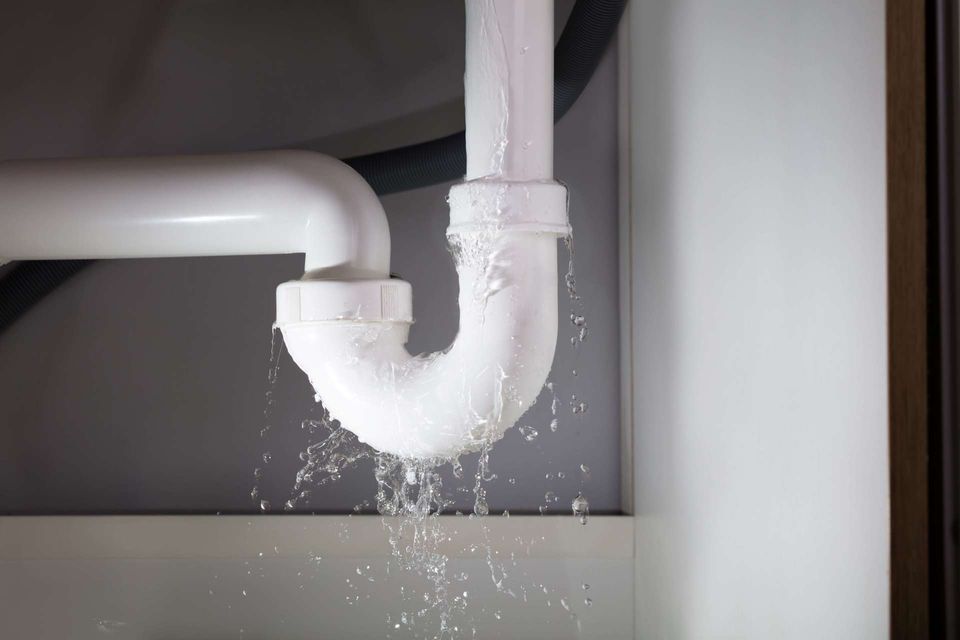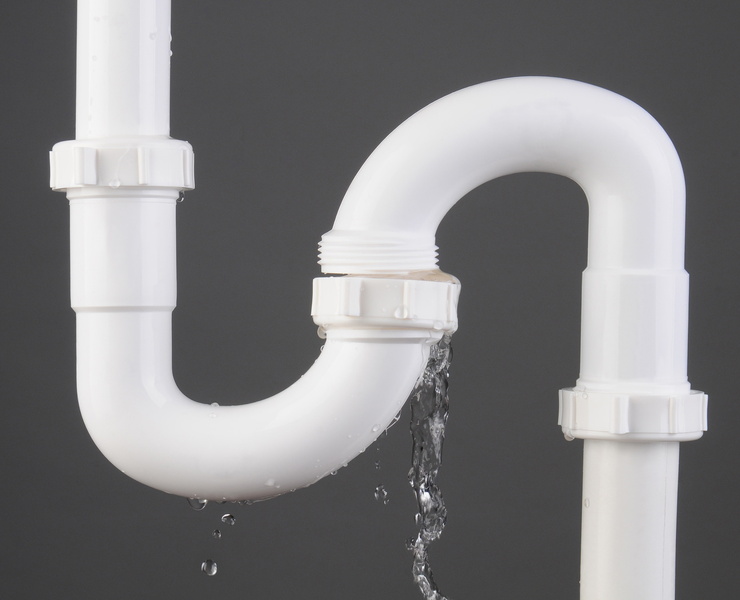Find Out Smart Ways to Detect Concealed Leaking Water Lines
Find Out Smart Ways to Detect Concealed Leaking Water Lines
Blog Article
This post down below pertaining to Hacks to detect leaks is definitely motivating. You should give it a look.

Early discovery of dripping water lines can reduce a possible disaster. Some little water leaks might not be noticeable.
1. Analyze the Water Meter
Inspecting it is a proven way that aids you uncover leaks. If it relocates, that indicates a fast-moving leak. This implies you might have a slow-moving leak that might even be underground.
2. Check Water Usage
Evaluate your water expenses as well as track your water consumption. As the one paying it, you should notice if there are any inconsistencies. If you find sudden changes, regardless of your intake coinciding, it means that you have leakages in your plumbing system. Remember, your water bill must drop under the exact same variety every month. An unexpected spike in your costs suggests a fast-moving leakage.
At the same time, a steady increase every month, despite having the exact same habits, shows you have a slow leak that's likewise gradually rising. Call a plumber to thoroughly check your residential or commercial property, especially if you feel a warm location on your floor with piping beneath.
3. Do a Food Coloring Test
When it concerns water consumption, 30% originates from commodes. Test to see if they are running appropriately. Drop specks of food shade in the storage tank and also wait 10 minutes. If the color somehow infiltrates your bowl during that time without flushing, there's a leakage between the storage tank and also bowl.
4. Asses Outside Lines
Do not forget to inspect your outside water lines as well. Examination spigots by attaching a yard hose. Ought to water permeate out of the connection, you have a loosened rubber gasket. Change this and also ensure all connections are limited. If you have actually obtained a sprinkler system, it will certainly help get it professionally took a look at and also preserved yearly. One tiny leakage can waste lots of water and spike your water expense.
5. Inspect and Analyze the Situation
Home owners need to make it a routine to inspect under the sink counters and also even inside cupboards for any bad odor or mold growth. These 2 red flags indicate a leak so punctual interest is required. Doing routine inspections, also bi-annually, can conserve you from a major problem.
If you understand your residence is currently old, keep a careful eye on your heating units, pipes, pipes and so on. Check for stainings and deteriorating as many pipelines as well as appliances have a life expectancy. They will additionally naturally degrade as a result of deterioration. If you think leaking water lines in your plumbing system, do not wait on it to intensify. Call an expert plumber right now so you don't wind up with an awful mess in your home.
Early detection of dripping water lines can minimize a prospective catastrophe. Some little water leaks might not be visible. Inspecting it is a surefire way that helps you find leaks. One little leak can waste tons of water and spike your water bill.
If you presume leaking water lines in your plumbing system, don't wait for it to escalate.
WARNING SIGNS OF WATER LEAKAGE BEHIND THE WALL
PERSISTENT MUSTY ODORS
As water slowly drips from a leaky pipe inside the wall, flooring and sheetrock stay damp and develop an odor similar to wet cardboard. It generates a musty smell that can help you find hidden leaks.
MOLD IN UNUSUAL AREAS
Mold usually grows in wet areas like kitchens, baths and laundry rooms. If you spot the stuff on walls or baseboards in other rooms of the house, it’s a good indicator of undetected water leaks.
STAINS THAT GROW
When mold thrives around a leaky pipe, it sometimes takes hold on the inside surface of the affected wall. A growing stain on otherwise clean sheetrock is often your sign of a hidden plumbing problem.
PEELING OR BUBBLING WALLPAPER / PAINT
This clue is easy to miss in rooms that don’t get much use. When you see wallpaper separating along seams or paint bubbling or flaking off the wall, blame sheetrock that stays wet because of an undetected leak.
BUCKLED CEILINGS AND STAINED FLOORS
If ceilings or floors in bathrooms, kitchens or laundry areas develop structural problems, don’t rule out constant damp inside the walls. Wet sheetrock can affect adjacent framing, flooring and ceilings.
https://www.servicemasterbyzaba.com/blog/how-to-detect-water-leakage-in-walls/

Do you like reading up on Detecting hidden plumbing leaks? Give feedback below. We'd be glad to hear your thinking about this write up. In hopes that you visit us again in the near future. Loved our write-up? Please share it. Help someone else find it. Thank you for taking the time to read it.
Emergency? Call us! Report this page